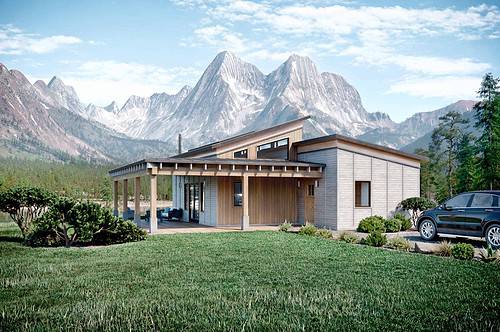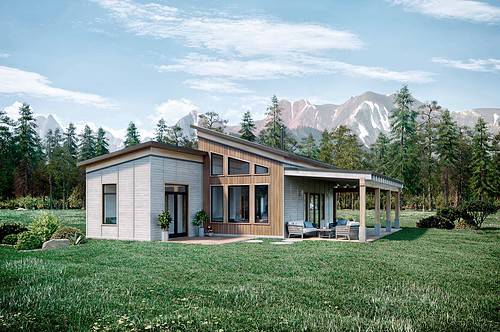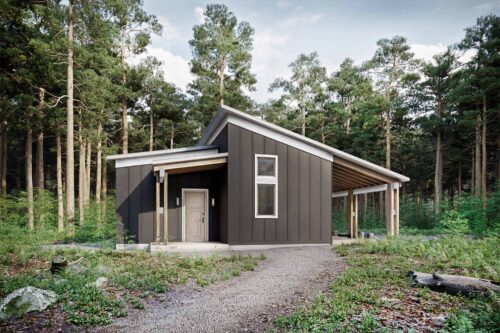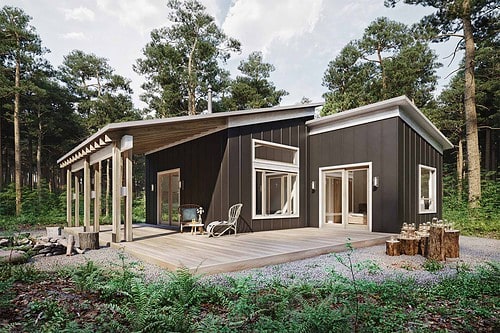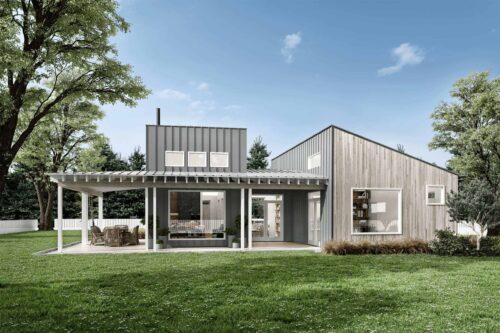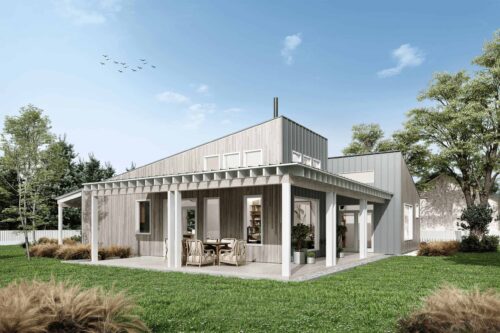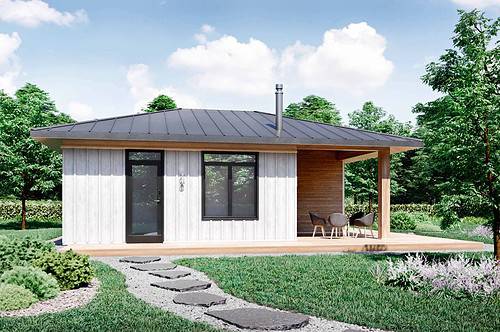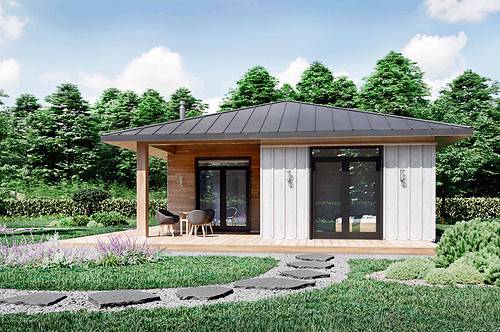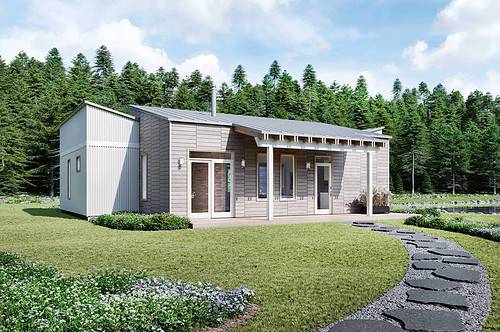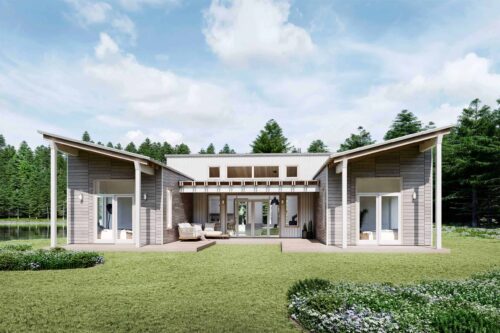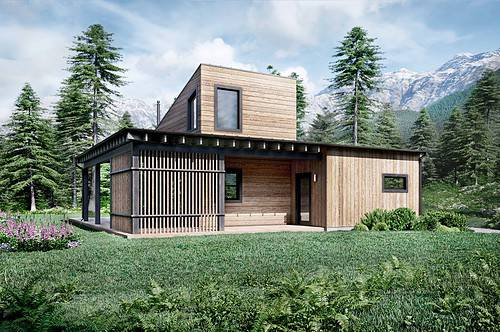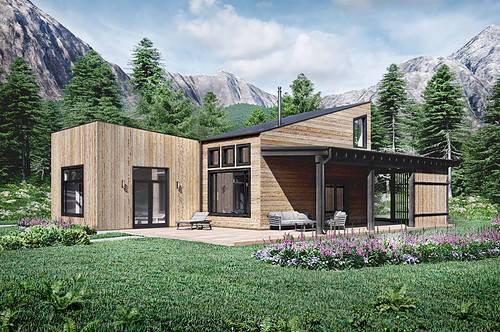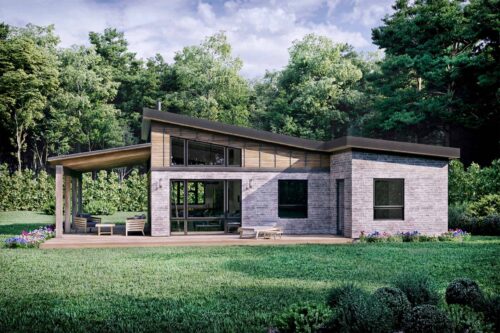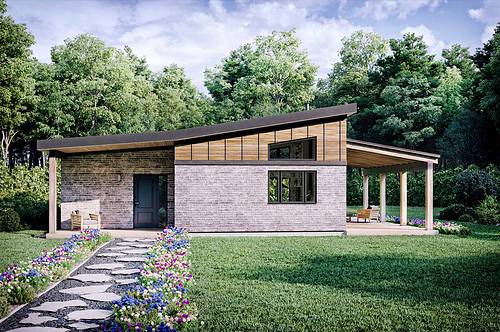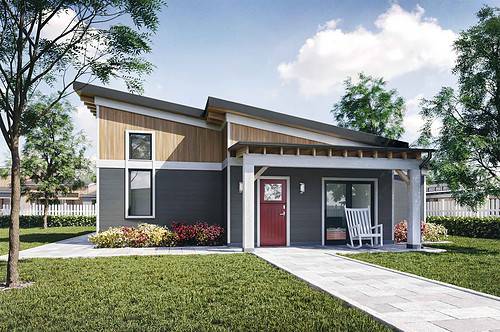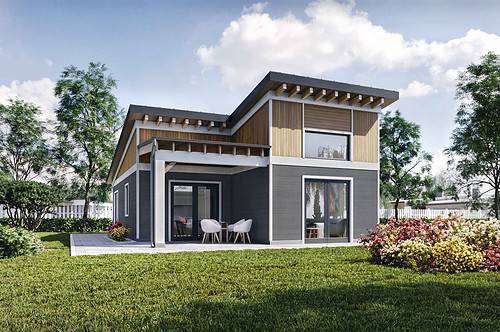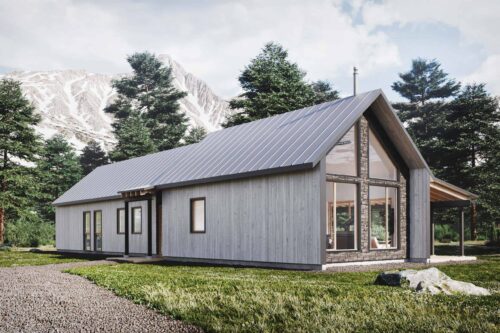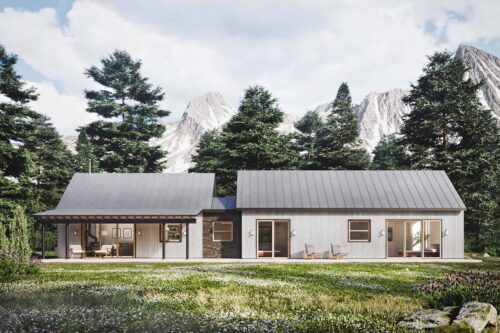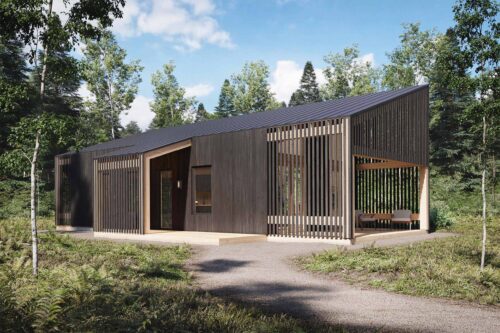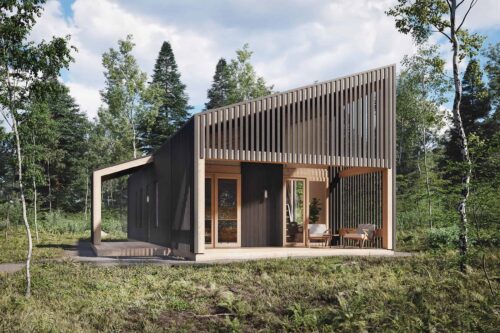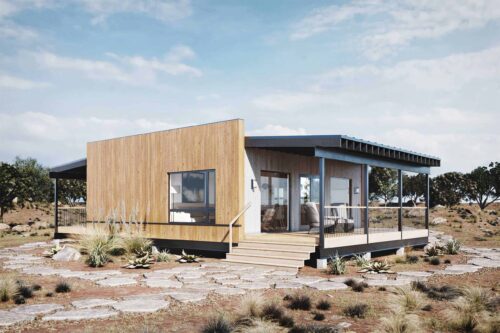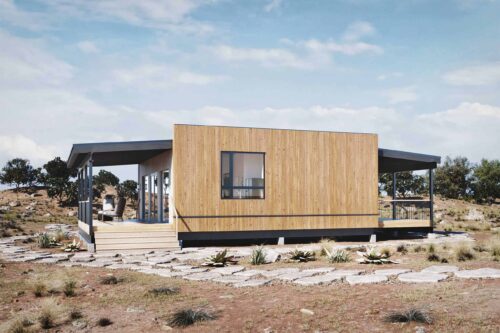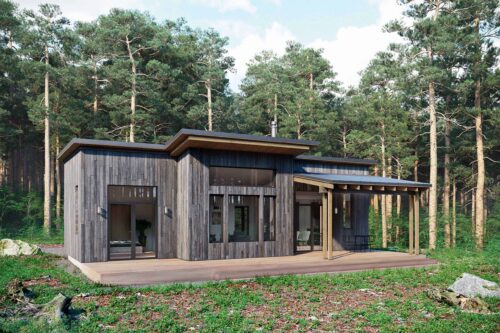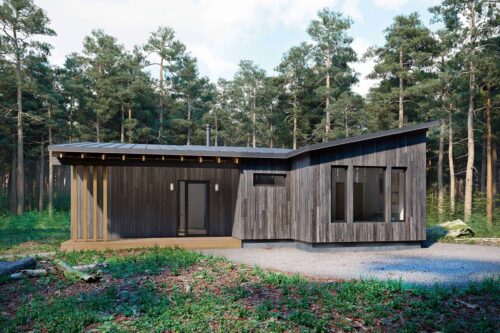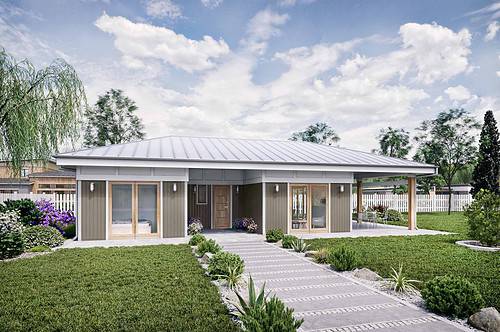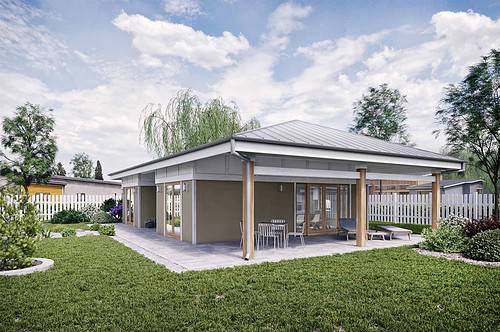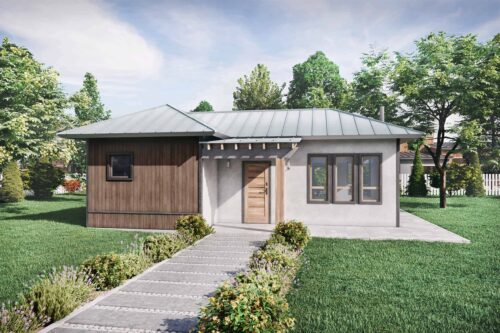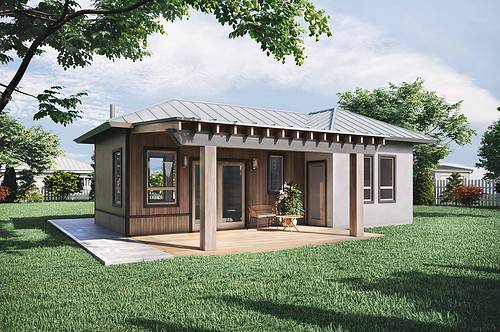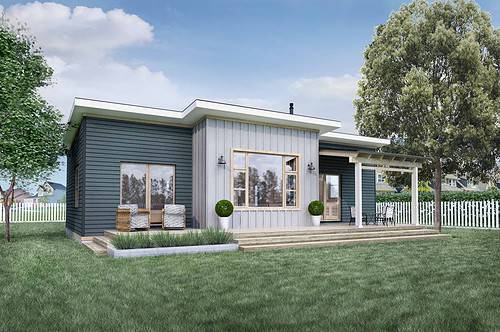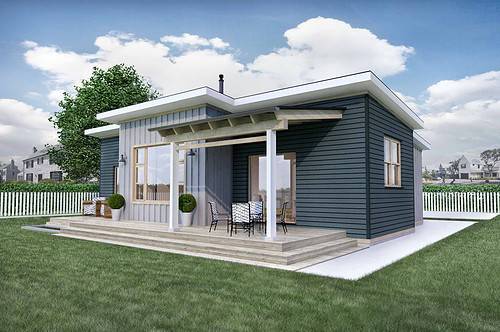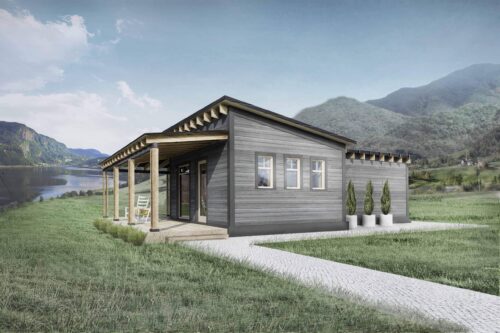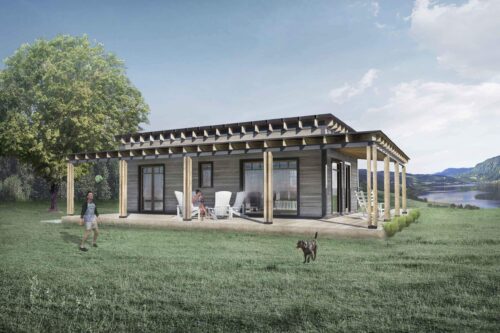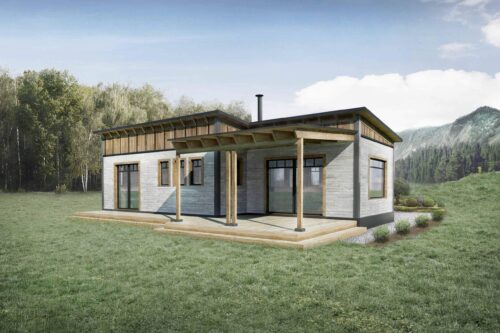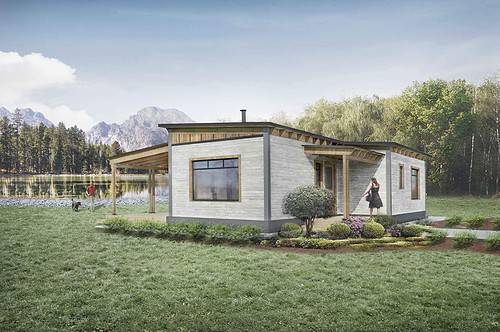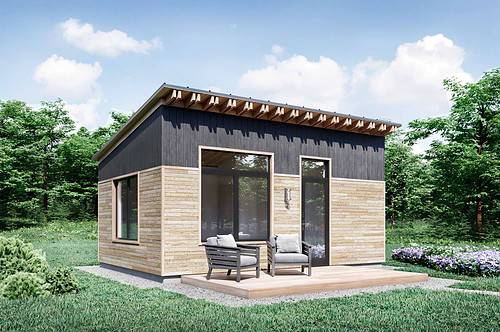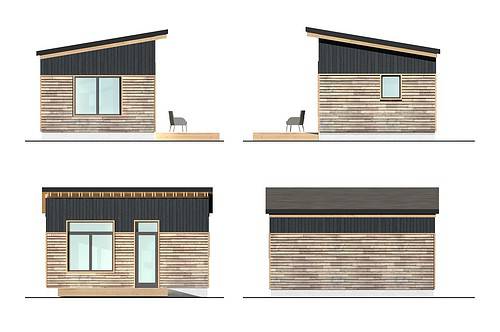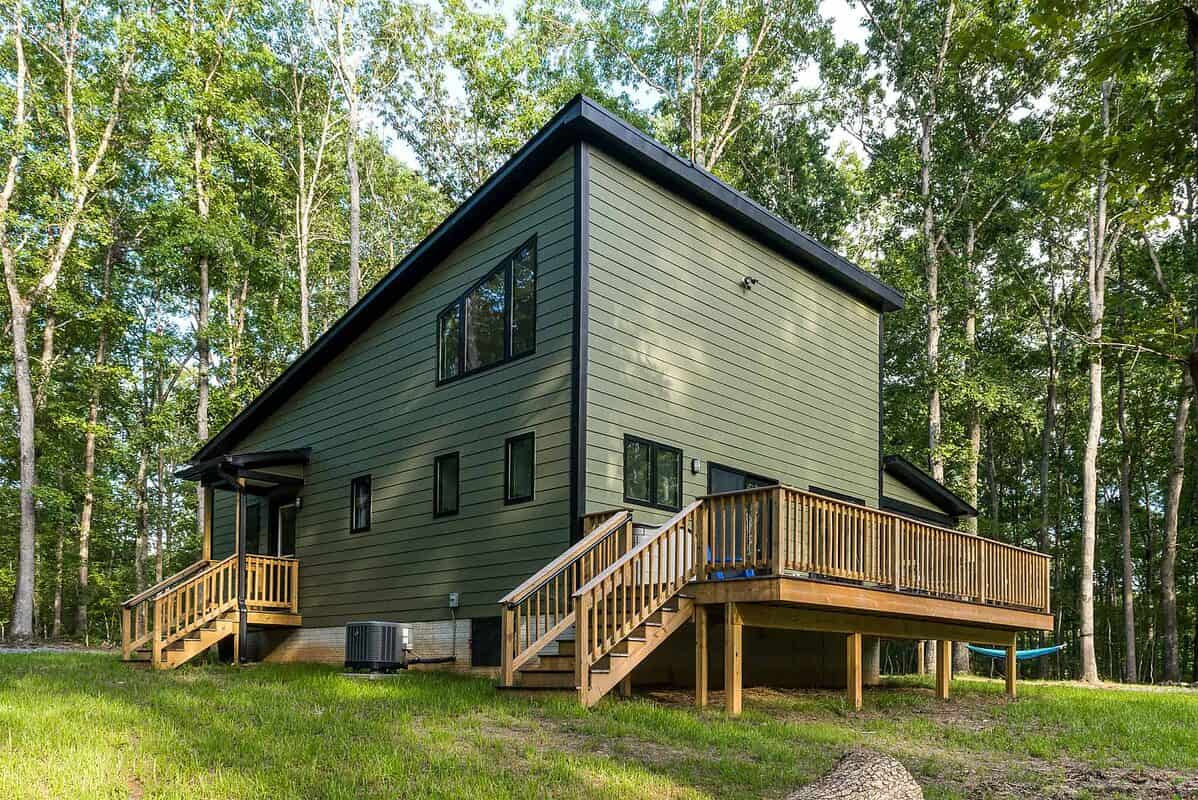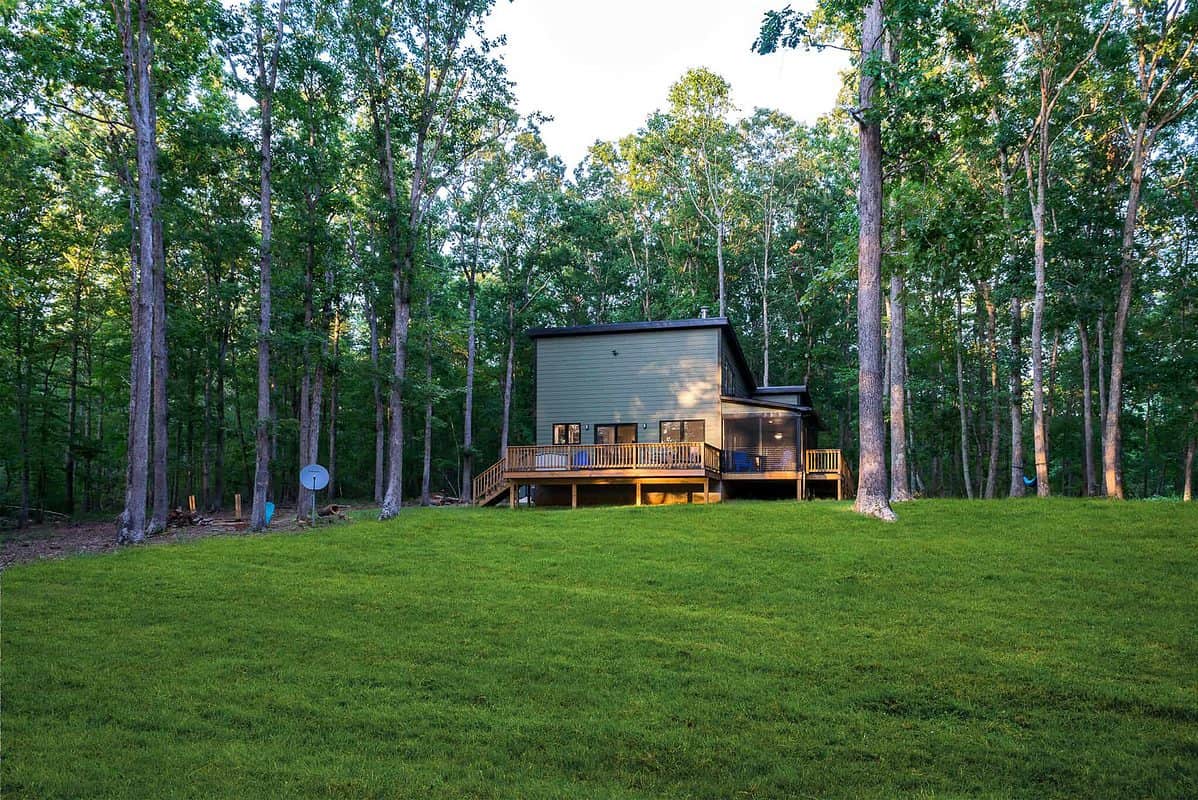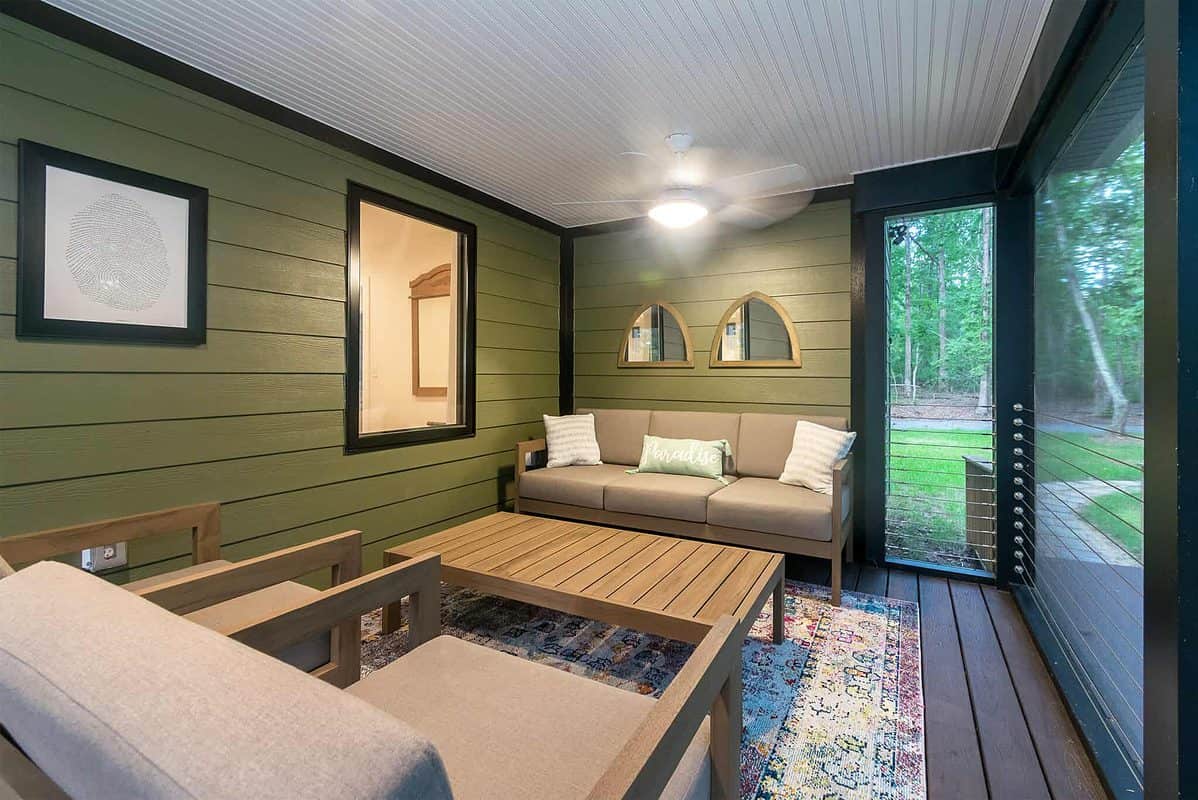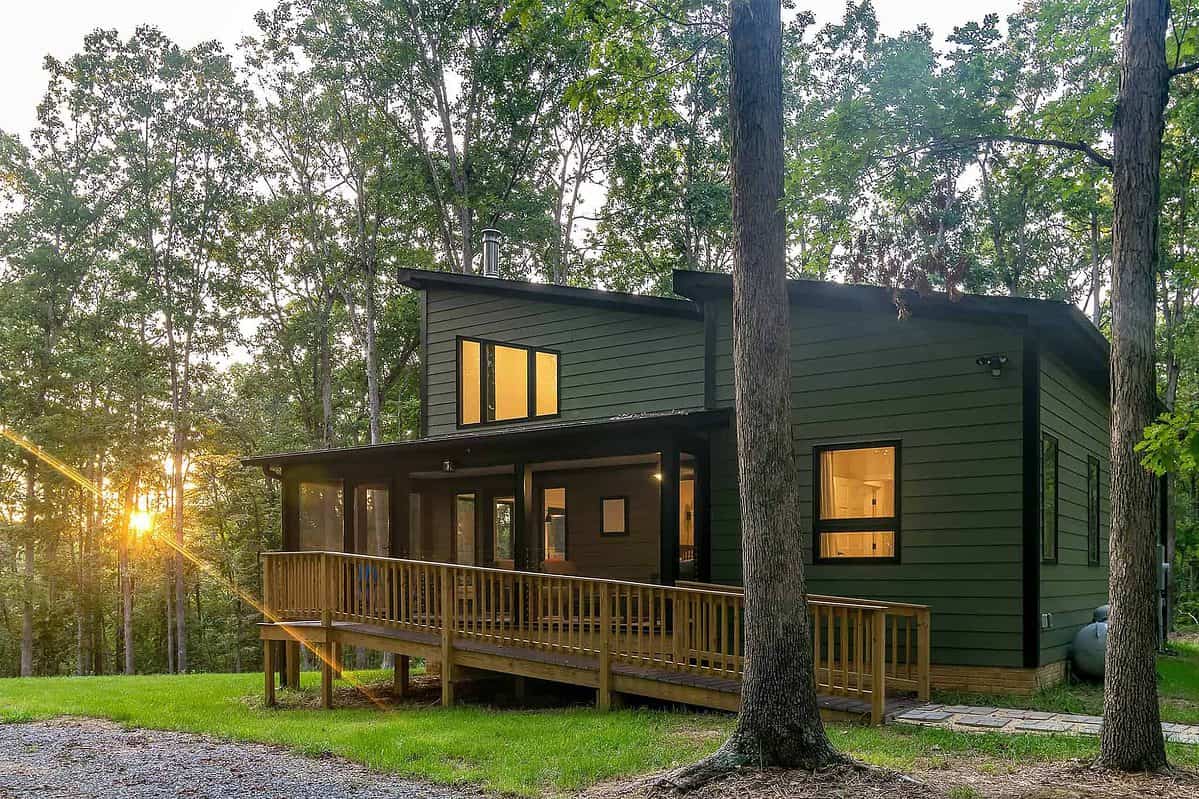Design Idea 1 – Incorporating Natural Materials
Incorporating natural materials such as wood and stone can greatly enhance the connection to nature in a lake house. The use of these materials can add a rustic charm and create a sense of warmth and coziness. For the exterior of the lake house, consider using natural wood siding or a mix of wood and stone to create a natural and organic look. On the interior, use wood flooring, paneling or exposed wooden beams to bring warmth and texture to the space. Furthermore, natural stone can be used to create a fireplace or accent wall. The use of natural materials in landscaping can also be very effective, by integrating natural stone paths or a rock garden into the design.
Not only do natural materials enhance the aesthetic, but they are also durable and sustainable. Wood and stone are long-lasting materials that can withstand the natural elements and require minimal maintenance. Additionally, using natural materials can help reduce the environmental impact of the building process.
Design Idea 2 – Creating Indoor-Outdoor Flow
As far as lake house design ideas go, creating a seamless indoor-outdoor flow is an essential design element. This allows the inhabitants to fully embrace the natural beauty of the surroundings and enjoy the lake view from inside the house. Design elements such as large windows and sliding doors can be used to create an indoor-outdoor flow. Large windows allow for natural light to flood into the house and offer stunning views of the surrounding landscape. Sliding doors can be used to open up the living spaces and create a seamless transition between indoors and outdoors. Additionally, incorporating a deck or patio can also provide an extension of living space and allow for easy access to the outdoors.
The indoor-outdoor flow can also be achieved by using similar materials and color palettes both inside and outside the house. This will create a cohesive look and make the house blend seamlessly with the surrounding landscape. Not only does indoor-outdoor flow enhance the aesthetic, it also has practical benefits. It allows for natural light to flood into the house, reducing the need for artificial lighting. Additionally, it creates a sense of spaciousness and makes the house feel larger. Furthermore, it also allows for increased opportunities for outdoor living, entertaining and relaxing.
Design Idea 3 – Emphasizing Water Views
A lake house’s waterfront location is one of its biggest assets, and emphasizing the water views should be a top priority in the design. By doing so, you can make the most of the natural beauty and create a space that feels connected to the water. To this end, design elements such as large windows, floor-to-ceiling glass walls and doors, and decks can be used to emphasize the water views. Large windows and glass walls allow for natural light to flood into the house and offer stunning views of the surrounding landscape, including the lake. Decks or balconies can also be used to provide outdoor living spaces that offer panoramic views of the water. Additionally, incorporating a rooftop terrace can also provide an ideal spot to take in the view.
Designing a lake house in such a way that it maximizes the waterfront views will create an immersive experience and make the inhabitants feel connected to the water. Furthermore, it can also create a sense of spaciousness, making the house feel larger. Additionally, emphasizing water views also has practical benefits. Water views can provide natural light which reduces the need for artificial lighting, and it also helps reduce stress and improve overall well-being.
Design Idea 4 – Incorporating Natural Landscaping
Incorporating natural landscaping can greatly enhance the connection to nature in a lake house. Natural landscaping can be used to create a cohesive look that blends seamlessly with the surrounding landscape, and it can be achieved through the use of native plants, water features, and rock gardens. In the same vein, using native plants in landscaping can help to reduce maintenance and improve sustainability. Native plants are adapted to the local climate and require less water and fertilizer than non-native plants. Additionally, incorporating a water feature, such as a pond or stream, can add visual interest and create a sense of calm. Rock gardens can also be used to add texture and create a natural look.
Incorporating natural landscaping not only improves the aesthetic, but it also creates a sense of connection to the surrounding landscape. It also helps to reduce maintenance and improve sustainability. This approach should be a major design element for a modern rustic lake house plan.
Design Idea 5 – Using Natural Light
Natural light is essential in a lake house, as it helps to reduce energy consumption, improve mood, and create a sense of spaciousness. Incorporating skylights, light wells, and large windows can be used to maximize natural light. Additionally, using light-colored paints, and reflective surfaces can also help to bounce light around the space.
Large windows and skylights can be used to flood the house with natural light, reducing the need for artificial lighting. This not only saves energy but also creates a sense of spaciousness and improves the overall mood. Light wells can also be used to bring light into spaces that do not have direct access to natural light. Incorporating natural light not only improves the aesthetic, but it also has practical benefits such as energy savings and improved mood.



